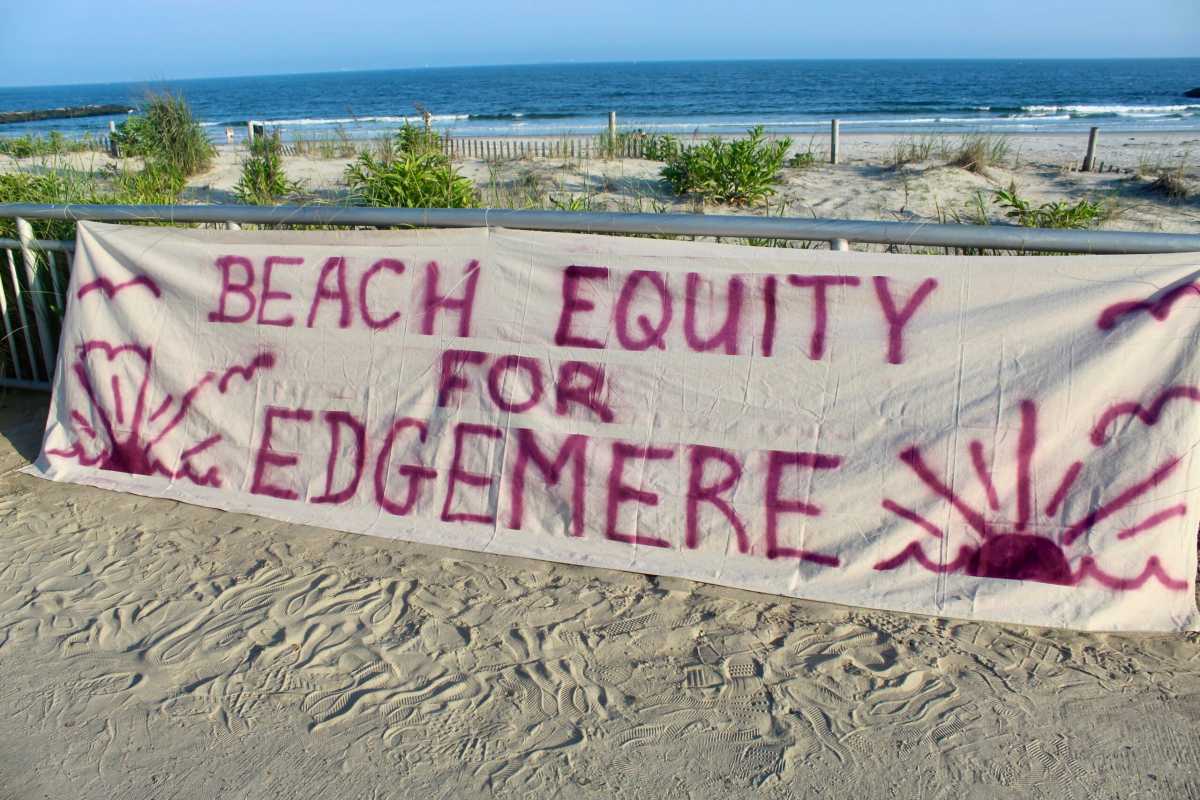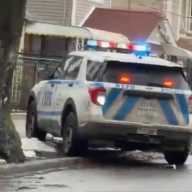The Edgemere Community Civic Association (ECCA) gathered with elected officials on the Rockaway Beach Boardwalk at Beach 38th Street on July 6 to voice their frustrations over the neighborhood’s lack of beach access for the last 26 years.
Since 1996, the one-mile stretch of beach between Beach 38th and 59th Street has been a designated nesting area for endangered shorebirds, including piping plovers, terns and oystercatchers. Because of the nesting area, which is designated and managed by the New York City Department of Parks & Recreation under guidelines from the U.S. Fish & Wildlife Service, Edgemere residents are unable to access the beach and have to head west of the peninsula in order to do so.
“This is a harsh and cruel injustice to those who live and work in this community,” said ECCA President Sonia Moise, who has lived in the Rockaways for 45 years. “It has been too many years that we have been the forgotten community. Edgemere always gets dumped on. No one thinks about the Edgemere community and what our needs are.”
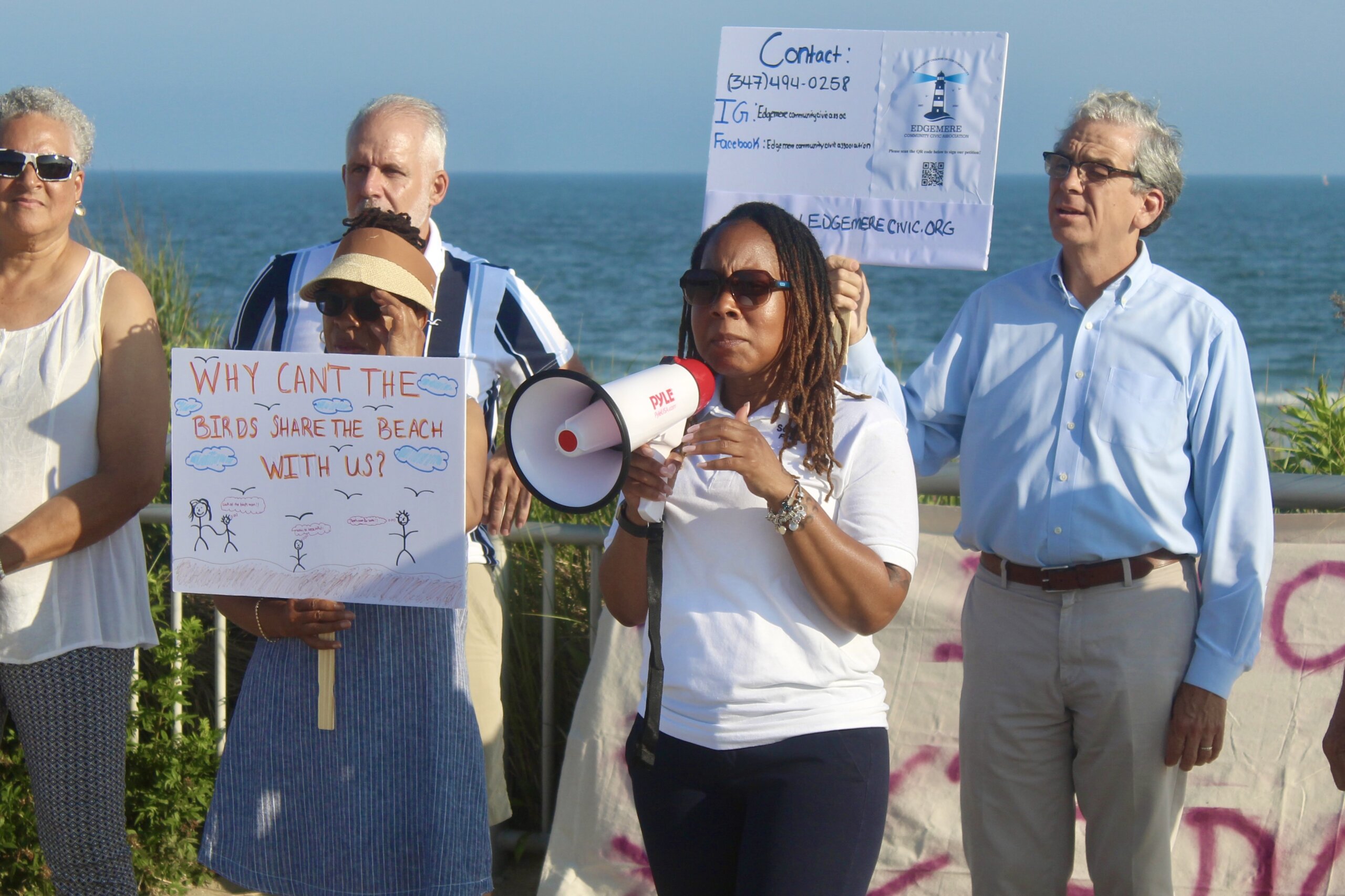
Edgemere, which exists from Beach 32nd to Beach 59th Street, is home to 19,000 residents, 56% of whom identify as Black and 32% of whom identify as Hispanic, according to 2019 city data. Rockaway resident John Cori says the lack of beach access goes beyond inconvenience and is an issue of inequity.
“There’s a very big racial disparity,” Cori said. “The injustice that goes on in this peninsula is very profound, and they have taken away this bit of land away from the people of Edgemere without any community input, and that is a big travesty of justice.”
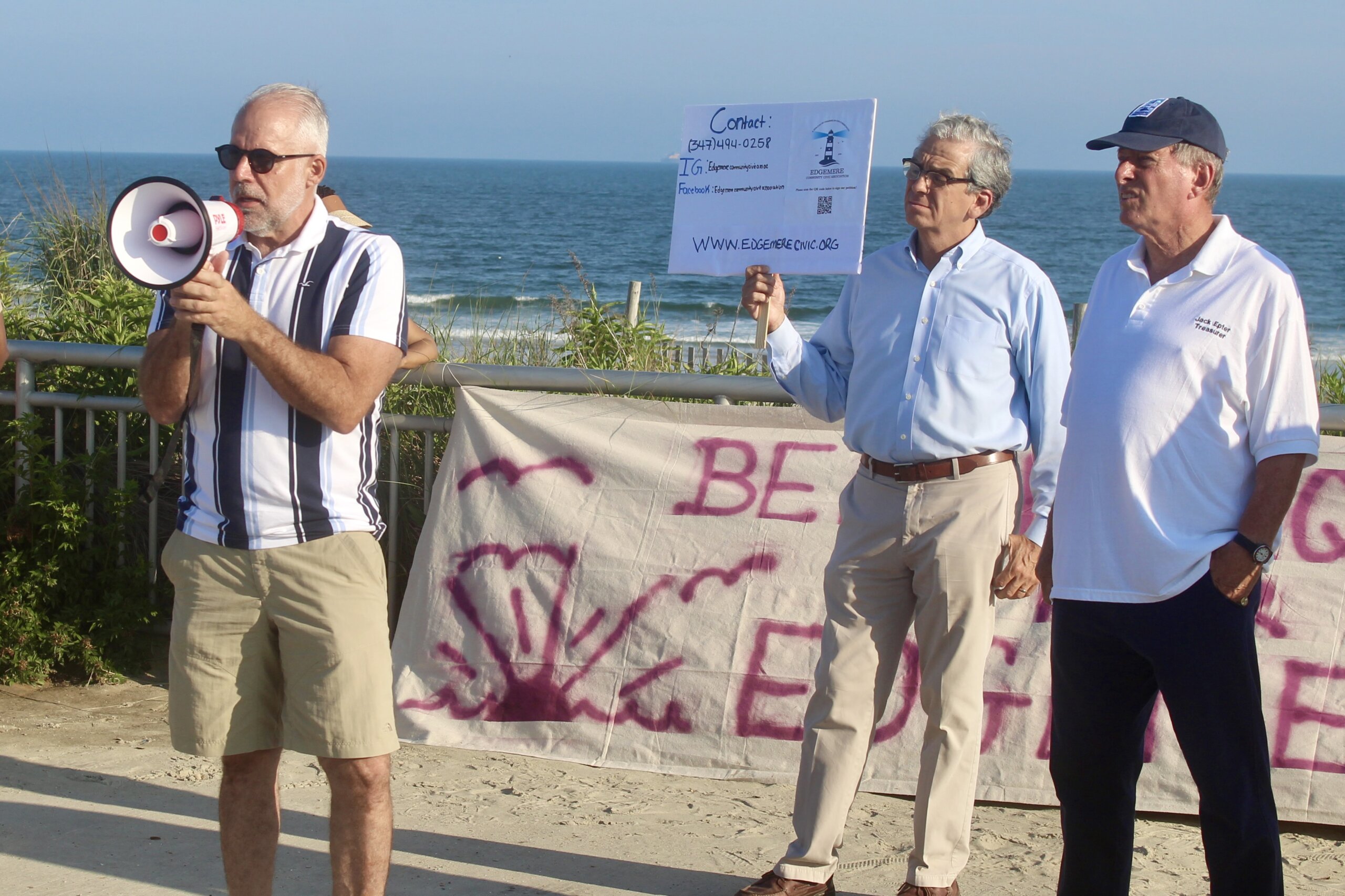
New York City Public Advocate Jumaane Williams echoed this sentiment, referring to Edgemere’s lack of beach access as “not acceptable” and calling on NYC Parks and the U.S. Fish & Wildlife Service to make it right.
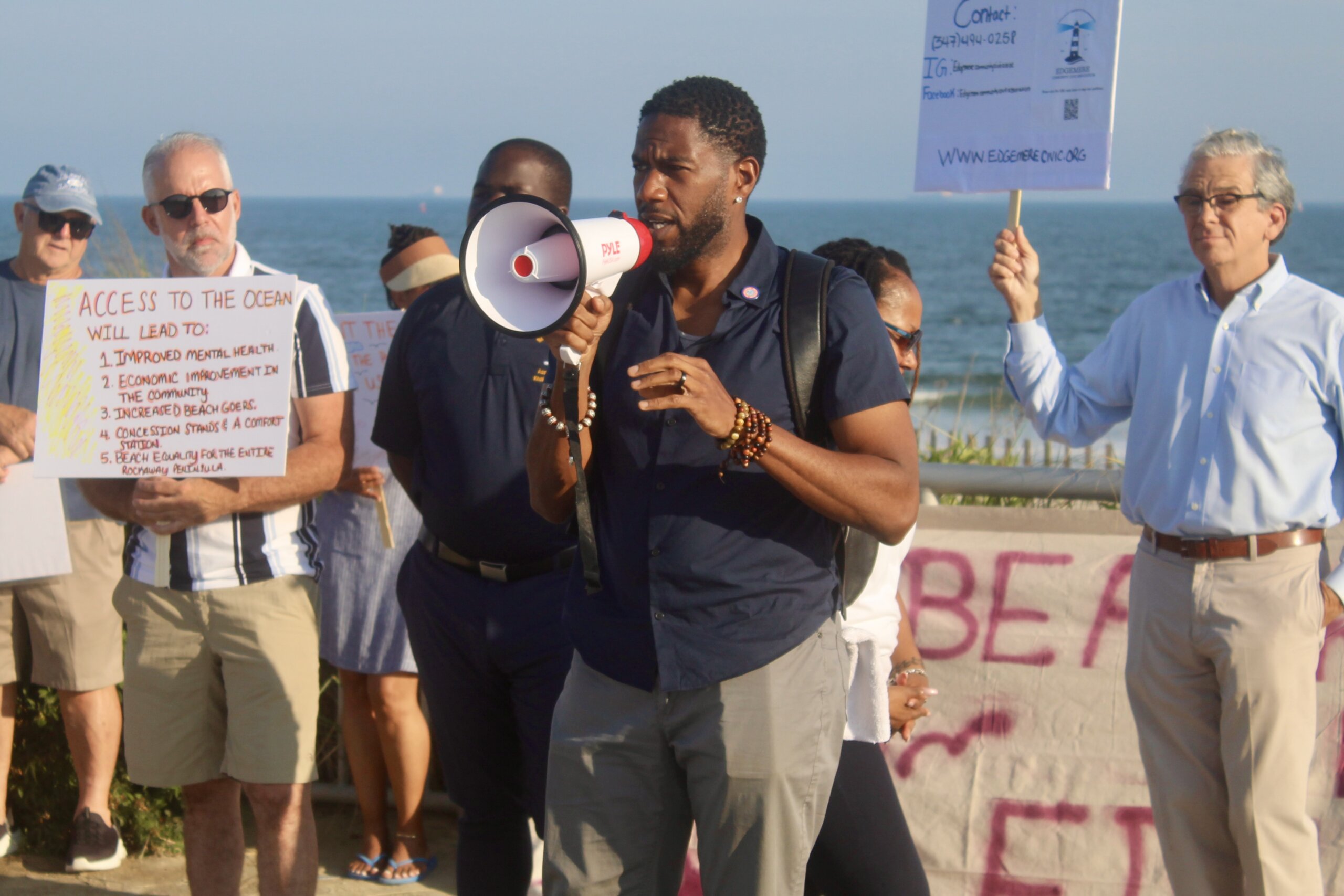
“Let’s make sure that we don’t have a segregated system of how we’re applying the way that we’re going to conserve and respect our environment,” Williams said. “Everybody can share this — our birds, our people, our homeowners — but it has to be all the homeowners, not just some.”
Other attendees reiterated this point throughout the event, adding that both Edgemere residents and the shorebirds can access the beach together without conflict. District 31 Assemblyman Khaleel Anderson says the needs of both parties can be prioritized.
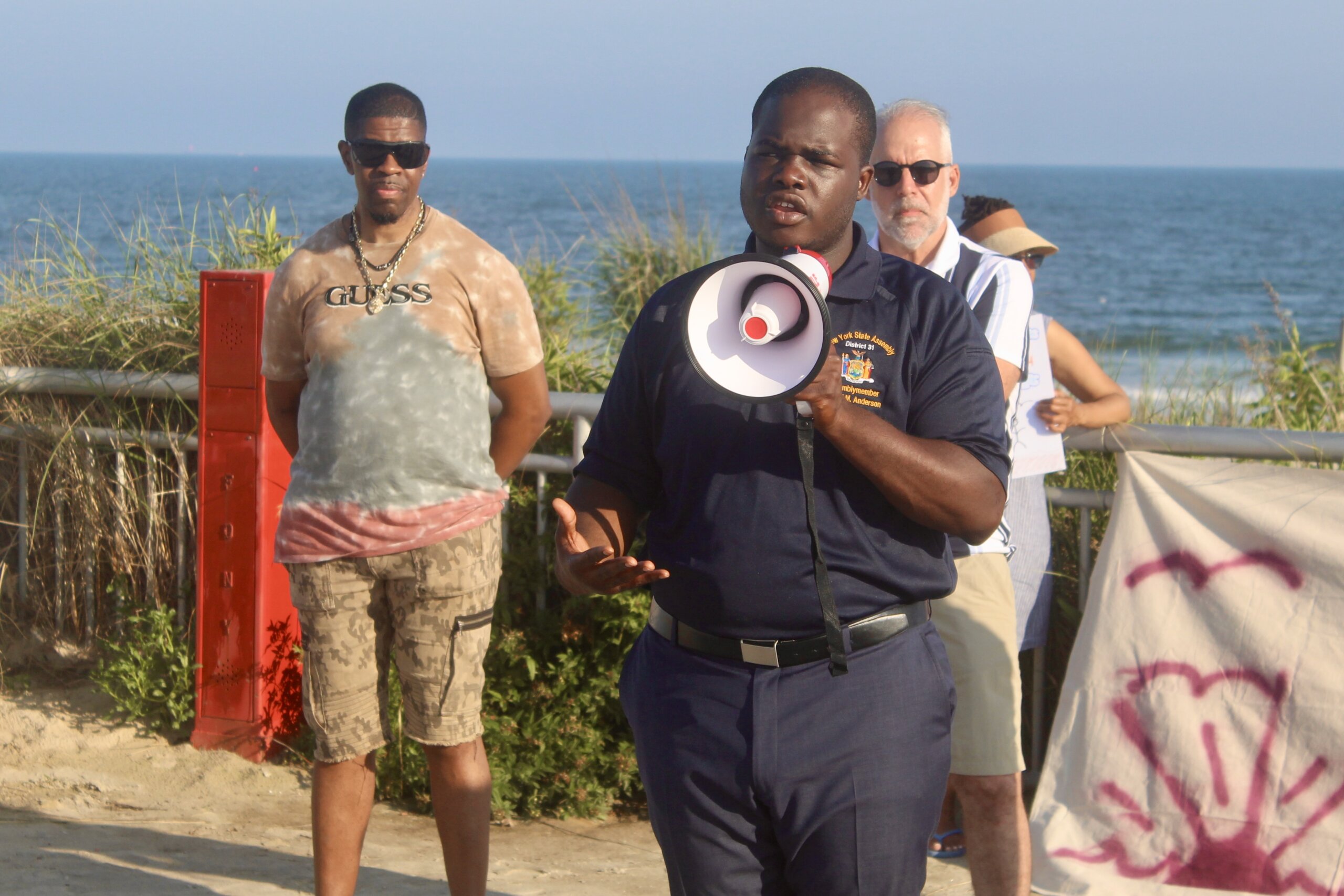
“We can do both and we must do both,” Anderson said. “We can protect wildlife, but we can also give the neighbors what they’re due and what they’ve been promised quite frankly.”
“They say, ‘live in harmony with nature,’ but it’s a two-way street,” Belle Harbor resident Paul King added. “Let nature live in harmony with us … we can co-exist with the plovers.”
Some attendees brought up how this is a reality for many communities outside of Queens, including the beaches in Long Island.
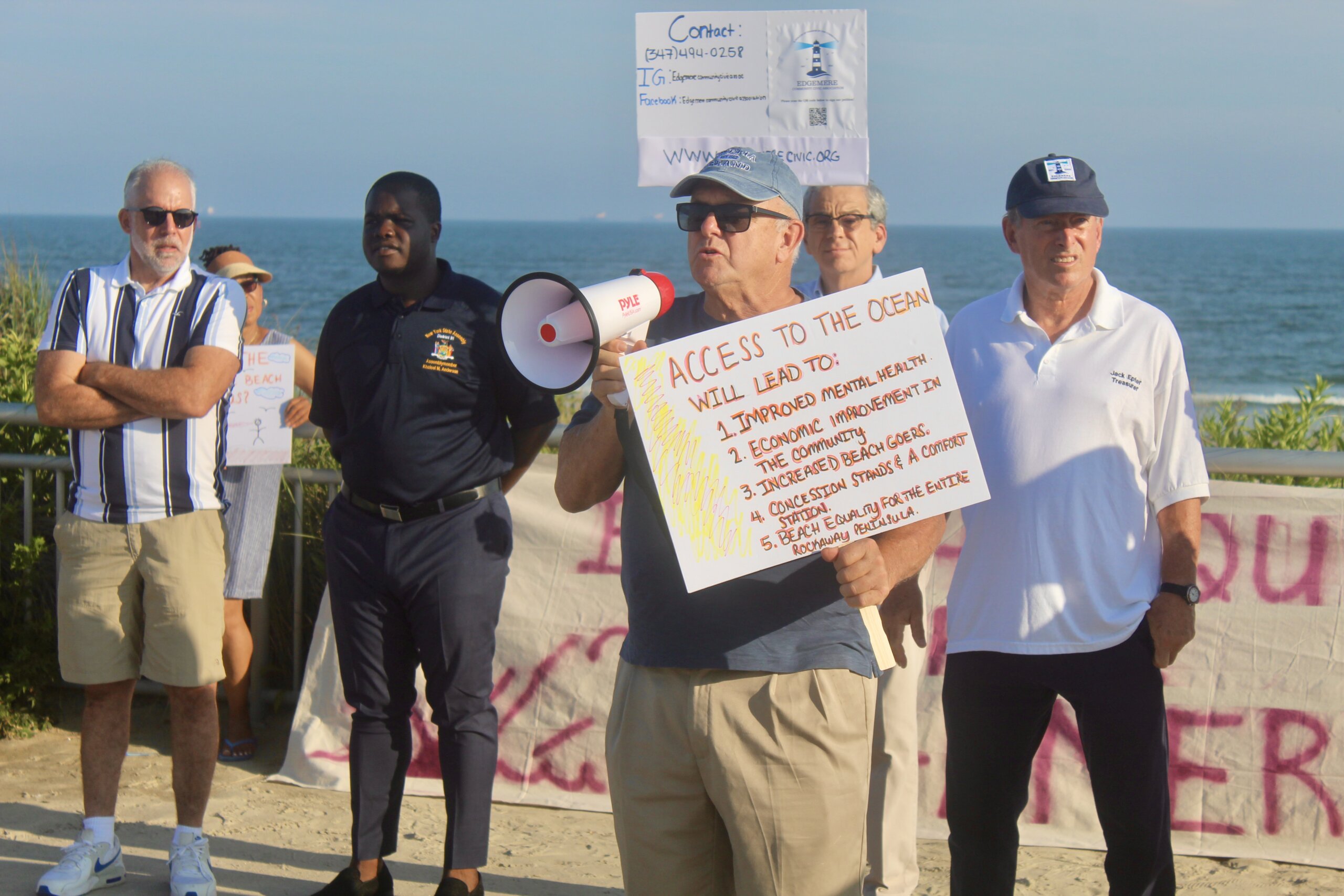
“We have more bird sanctuaries and restricted beach access than Long Beach, Jones Beach, Fire Island — and this would never fly in the Hamptons,” said Rockaway resident Joe Hartigan. “If you live here, you should be able to go to the beach here.”
Other attendees pointed out that this is also already a reality on the western side of the peninsula in Rockaway Point, which also has a nesting site, but retains beach access, unlike Edgemere.
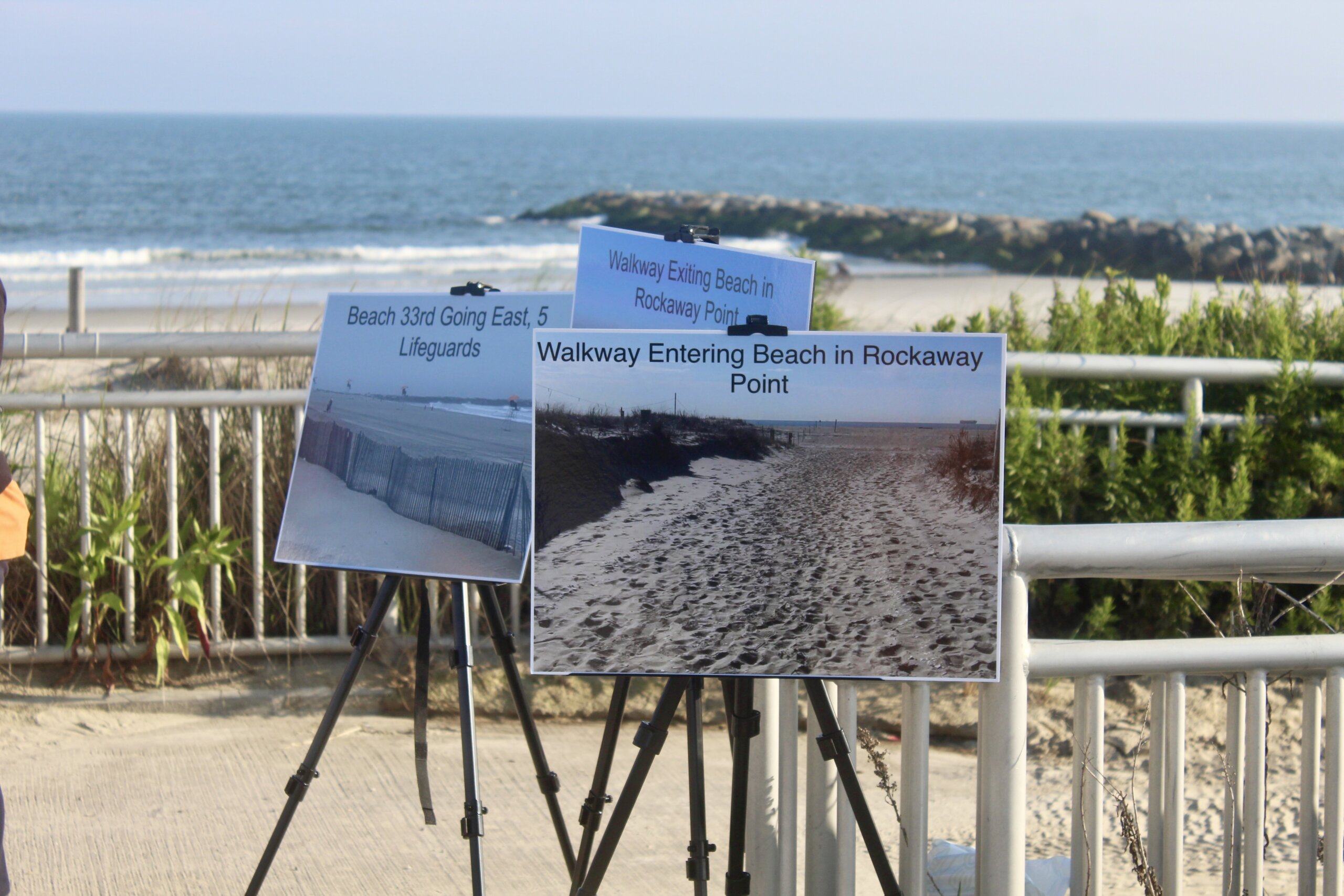
“They have a pathway that leads them directly to the beach,” Moise said. “We just want the same thing.”
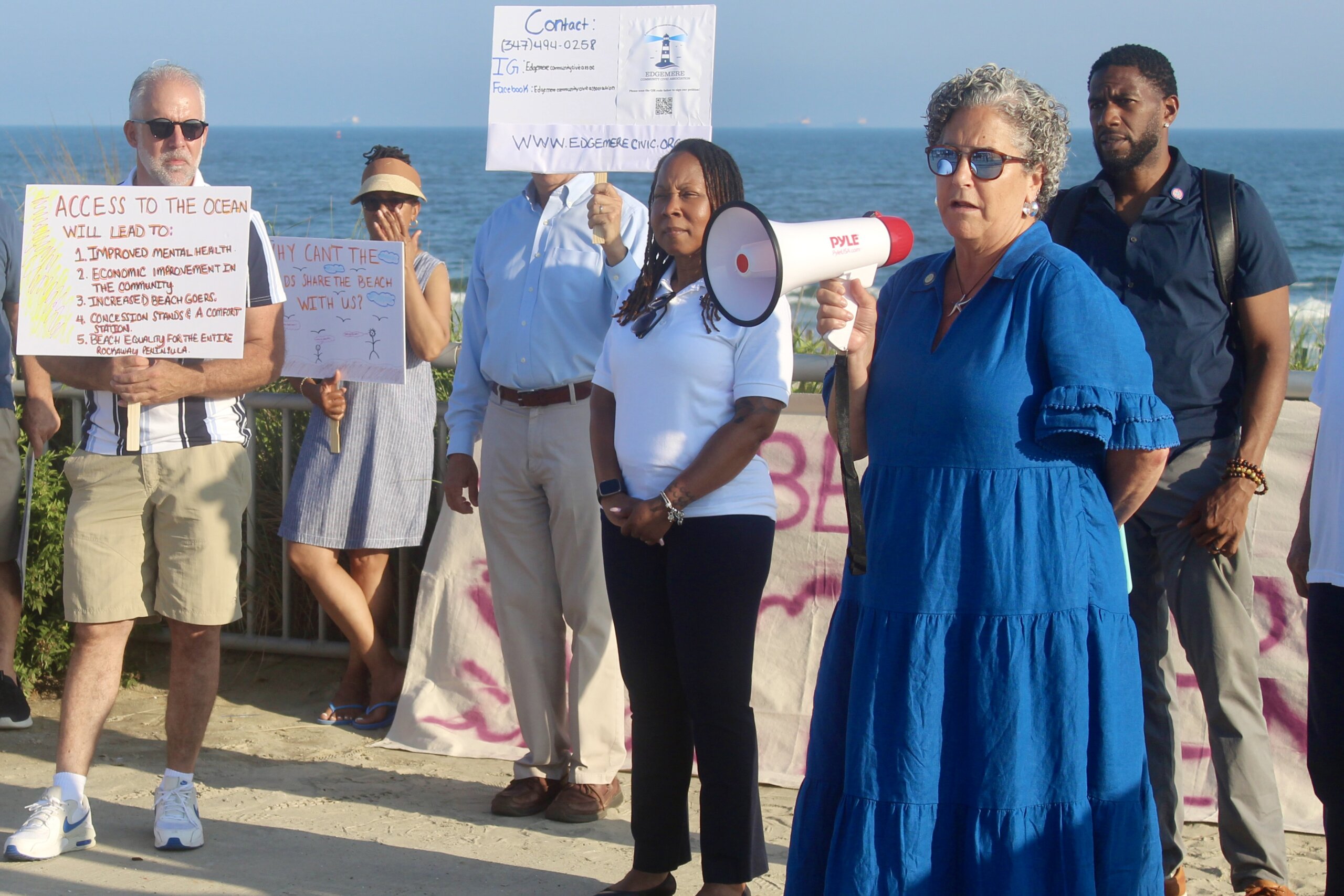
District 23 Assemblywoman Stacey Pheffer Amato says Edgemere has been “hurt” by this inequity and should be able to enjoy the beach like residents on the western side of peninsula.
“We can’t have two sets of rules for different parts of our community, and we have to find a way to have a shared shoreline,” Pheffer Amato said. “We have to learn how to have that cohabitation.”
In response to the calls for beach access, NYC Parks shared that it recently reopened Beach 32nd to Beach 36th Street, four blocks of beach near but not within the nesting site. Further plans include opening six additional blocks of beach, specifically Beach 36th to Beach 38th Street and Beach 62nd to Beach 65th Street, sometime in the next two weeks and reopening the shoreline of the nesting area to pedestrians when the last plover chicks depart the area at the end of the summer.
“We hear the call for expanded beach access, and we’re happy to share that we recently reopened four blocks in the Beach 30’s for community access,” NYC Parks Senior Press Officer Dan Kastanis said. “We will continue to work towards maintaining a balance of protection and access in this area.”
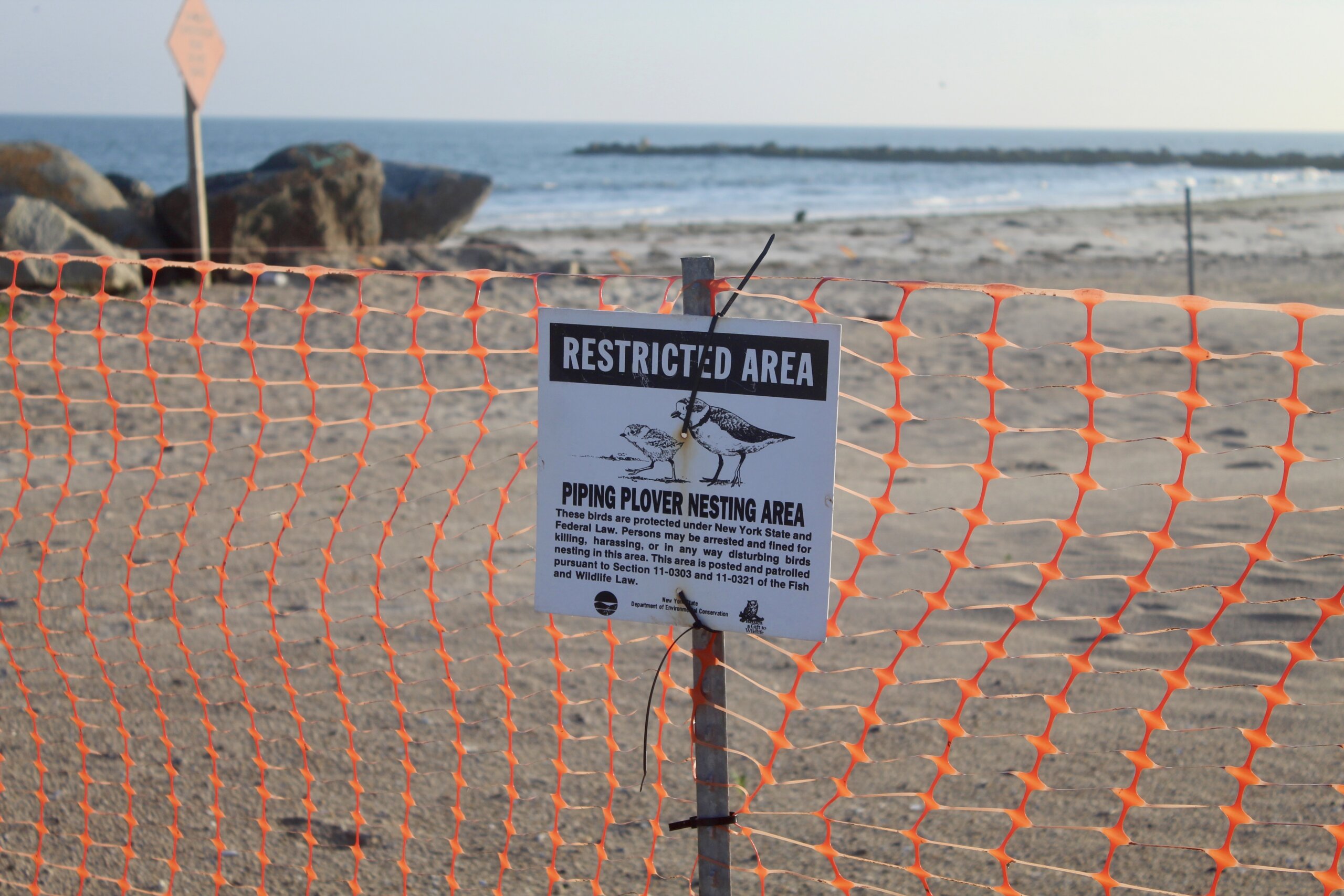
As of July 6, according to NYC Parks, the nesting site is currently home to a total of 17 piping plover pairs with four nests, 11 eggs, five chicks and four fledglings; 36 American oystercatcher pairs with three nests, five eggs, 35 chicks and 10 fledglings; and six least terns, 57 common terns and 54 black skimmers.
Moise, who established the ECCA in 2020, acknowledges the importance of protecting the birds but believes Edgemere residents have been neglected for far too long.
“I understand that they should be protected, but what about our protection?” Moise said. “We have to make progress.”

